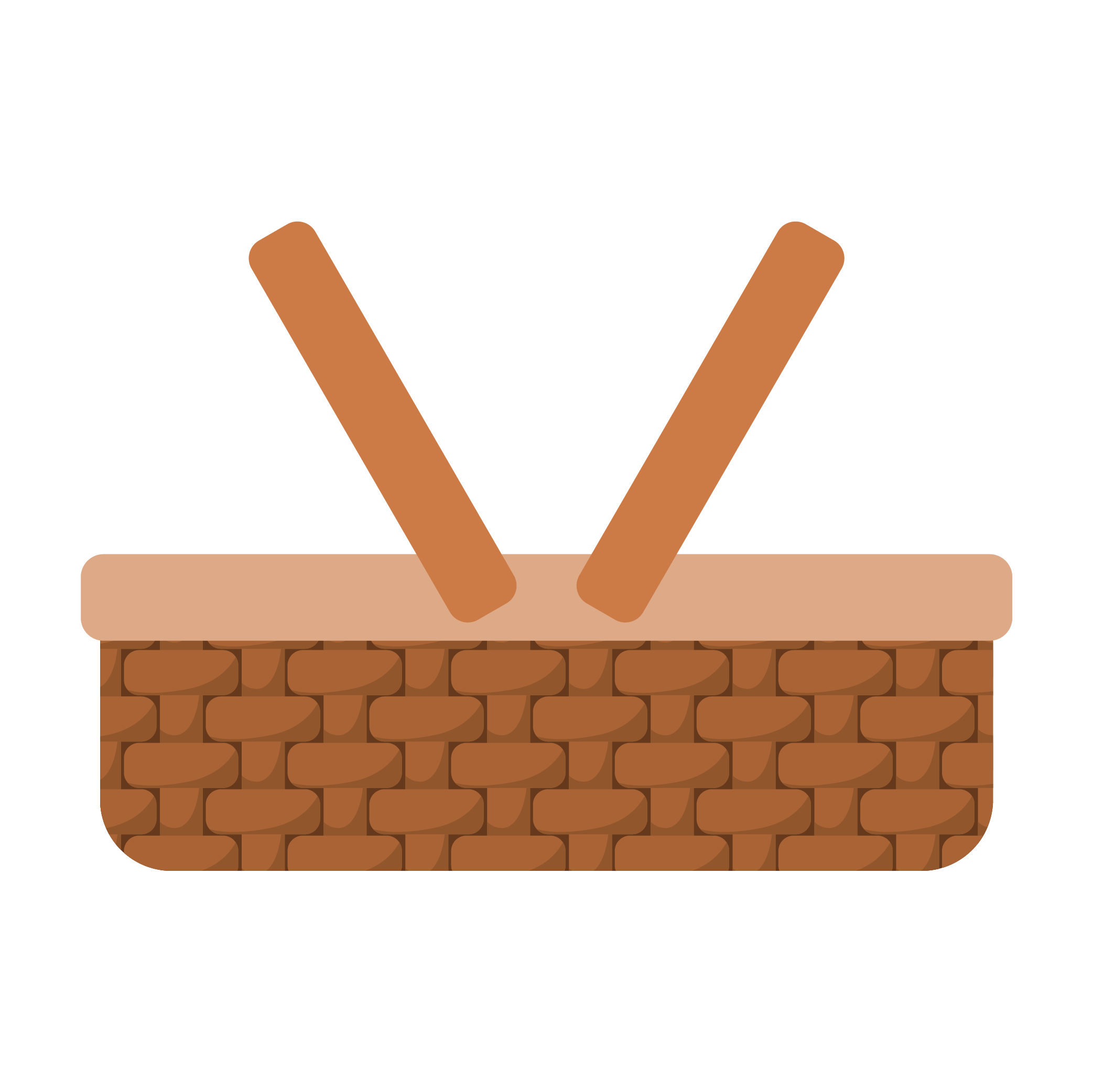Wicker weaving is a versatile craft that can be done with a variety of materials, each offering unique qualities and characteristics. Whether you’re creating a basket, furniture, or decorative items, selecting the right material for your project is crucial for both the durability and aesthetic appeal of your finished piece. In this article, we’ll explore some of the best materials used in wicker weaving and help you understand when and how to use them.
1. Willow – The Traditional Choice
Willow is one of the most traditional and popular materials used in wicker weaving. It has been used for centuries to create a wide variety of products, from baskets to furniture. Willow is flexible, strong, and easy to work with, making it perfect for both beginners and experienced artisans.
One of the reasons willow is so popular is its ability to bend without breaking. This quality allows weavers to create smooth curves and intricate patterns with ease. Willow is also readily available in many regions, making it an affordable choice for many crafters. To prepare willow for weaving, soak the branches or strips in water for several hours to soften them and make them more pliable.
2. Rattan – The Durable and Flexible Material
Rattan is another commonly used material in wicker weaving. It is a strong, flexible vine that grows in tropical regions and is harvested for its long, durable stems. Rattan is known for its flexibility, which allows it to be easily bent and shaped into a variety of forms, including furniture, baskets, and home decor.
The natural appearance of rattan adds an organic, earthy touch to any piece. Additionally, rattan has a smooth texture, which makes it easier to work with and handle than some other materials. While rattan can be more expensive than willow, its durability and versatility make it a great investment for high-quality pieces that will stand the test of time.
3. Bamboo – A Sustainable Option
Bamboo is a sustainable and eco-friendly material that has become increasingly popular in wicker weaving. Known for its strength and lightweight nature, bamboo is a fantastic option for creating both decorative and functional items. Bamboo fibers are smooth and flexible, which makes them easy to weave into intricate patterns.
Bamboo also has the advantage of being highly sustainable. It grows quickly and is a renewable resource, making it an ideal choice for environmentally conscious crafters. It’s perfect for items like baskets, trays, and even garden furniture. To prepare bamboo for weaving, you will need to peel off the outer layer and soak it in water to soften the fibers.
4. Seagrass – The Textured and Eco-Friendly Fiber
Seagrass is a unique material often used in weaving, especially for baskets and home decor items. It is a natural fiber that grows in coastal regions and has a textured, straw-like appearance. Seagrass is strong and flexible, making it a great choice for weavers who want to create rustic, natural-looking pieces.
One of the main benefits of seagrass is its sustainability. Seagrass grows quickly in coastal environments and can be harvested without damaging the ecosystem, making it an eco-friendly choice. It is also relatively affordable, making it accessible for both beginners and experienced weavers. Seagrass can be used to create everything from storage baskets to decorative accessories.
5. Paper and Plastic Rattan – Affordable and Versatile
For those on a budget or looking to try something new, paper and plastic rattan are great alternatives to natural materials. These synthetic materials are designed to mimic the look and feel of traditional rattan but are often more affordable and easier to work with. Paper rattan is lightweight and flexible, making it an excellent choice for beginners or those looking to create decorative items.
Plastic rattan, on the other hand, is highly durable and weather-resistant, making it perfect for outdoor furniture and long-lasting pieces. While it may lack the natural appearance of rattan or willow, plastic rattan can be woven into beautiful, sturdy items and is particularly popular for commercial applications.
Conclusion
Choosing the right material for your wicker weaving project depends on several factors, including the intended use of the item, the durability needed, and your personal aesthetic preferences. Willow, rattan, bamboo, seagrass, and synthetic options all offer unique benefits that can help you create beautiful, functional pieces. By experimenting with different materials, you can discover the best fibers for your weaving projects and continue to enhance your skills as a wicker artist.

